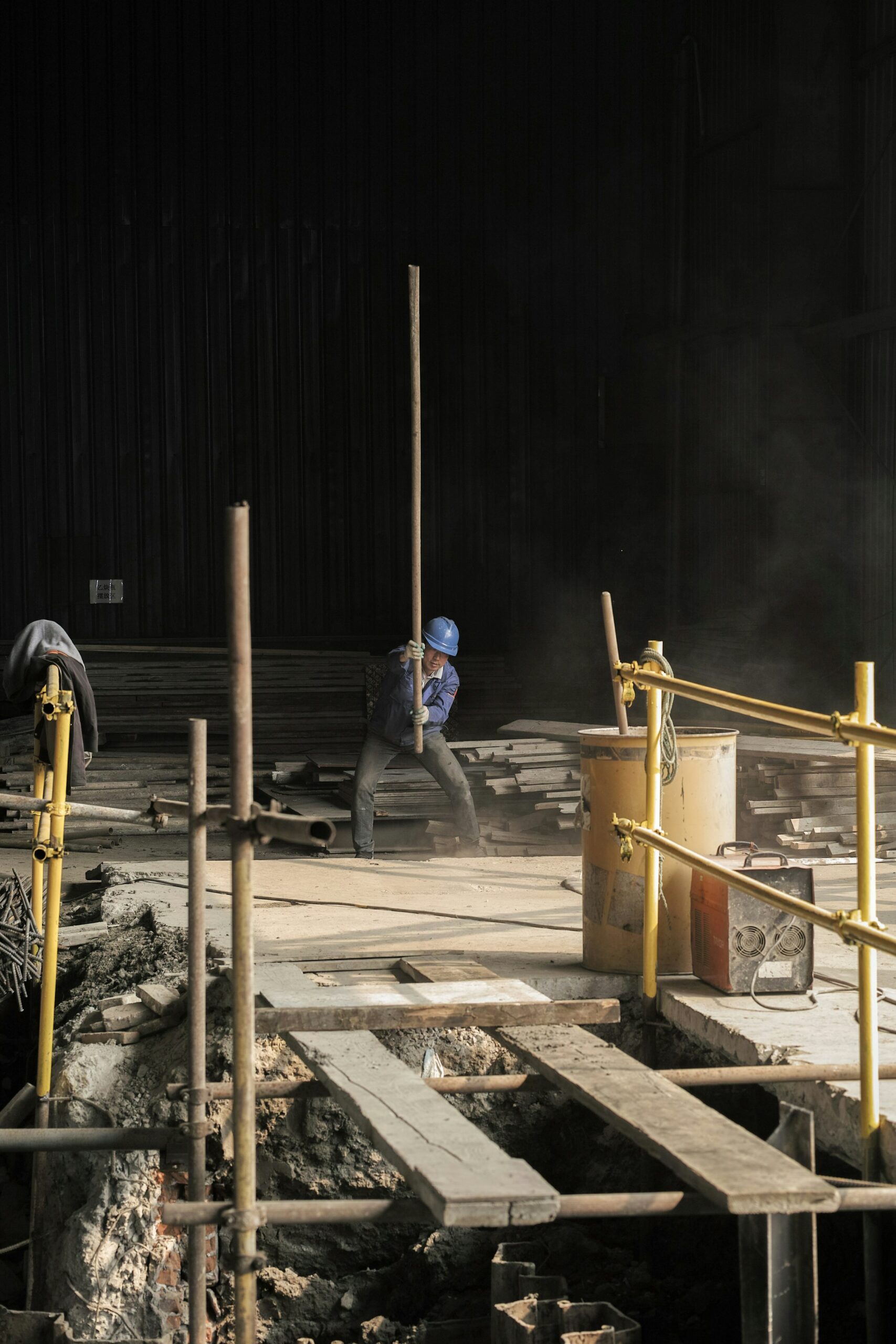
Tragic Explosion at Pennsylvania Steel Plant Claims One Life, Injures Many
An explosion at a steel plant near Pittsburgh, Pennsylvania, has resulted in one death and numerous injuries, highlighting critical issues in industrial safety and environmental management. The incident occurred at the largest coking facility in North America, which is a central figure in the U.S. steel industry.
Details of the Incident
Early Monday, an explosion rocked the industrial facility, leading to catastrophic outcomes. Allegheny County Emergency Services confirmed the death of one individual, with two more reported missing. The explosion not only caused immediate casualties but also left several workers and nearby residents exposed to potential air quality issues.
Zachary Buday, a construction worker who witnessed the event, described the explosion as a thunderous noise that shook structures and sent dark smoke billowing from the steel mill. In response to the emergency, the county dispatched 15 ambulances, supplemented by local emergency services, to aid the injured.
Health and Environmental Concerns
The explosion raised significant concerns about air quality in the vicinity of the plant. The Allegheny County Health Department has been closely monitoring the situation. Residents within a mile radius were advised to stay indoors, shut all windows and doors, and avoid using any ventilation that draws external air. Initial reports indicate that no dangerous levels of soot or sulfur dioxide were detected, but the community remains on high alert.
The plant, a significant employer in the region with around 1,400 workers, has faced previous scrutiny and legal challenges regarding its environmental impact. Notably, it had settled a lawsuit in 2019, agreeing to invest in reducing emissions after allegations of violating air pollution standards.
Litigation and Corporate Accountability
In recent years, the plant’s operational practices have led to multiple lawsuits, including a major case following a 2018 fire that compromised local air quality. The settlement of these lawsuits resulted in millions invested in equipment upgrades and community health initiatives. However, this explosion brings to light ongoing safety risks and the need for stringent regulatory compliance to prevent future incidents.
Environmental groups have called for a thorough investigation into the explosion to determine its cause and to assess the plant’s operational viability.
Broader Implications
This incident occurs at a time when the U.S. steel industry is under significant transformation. Just months ago, U.S. Steel entered a strategic partnership with Nippon Steel, which was seen as a move to bolster its global competitiveness amid national security debates and economic challenges.
The explosion not only impacts plant operations but also has broader implications for the industry’s regulatory landscape and its commitment to safety and environmental standards.
Conclusion
The tragic explosion at the Pennsylvania steel plant is a stark reminder of the challenges facing the industrial sector in balancing operational efficiency with safety and environmental stewardship. As investigations continue, the incident will likely prompt a reevaluation of industrial practices and regulatory frameworks to ensure such disasters are averted in the future.